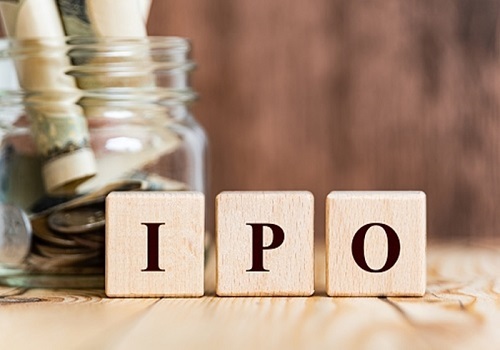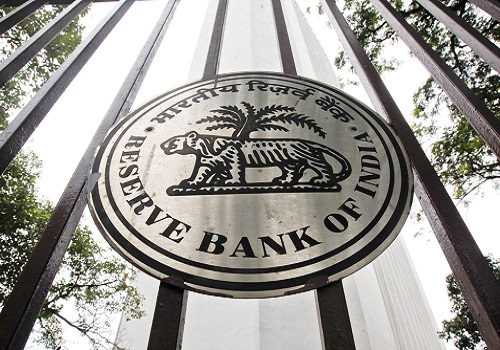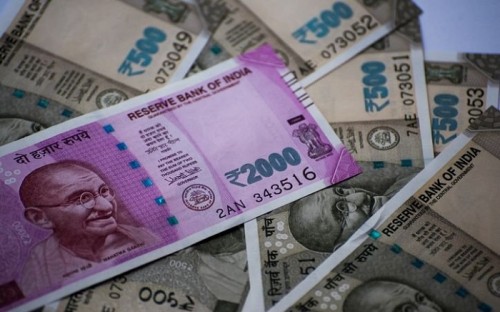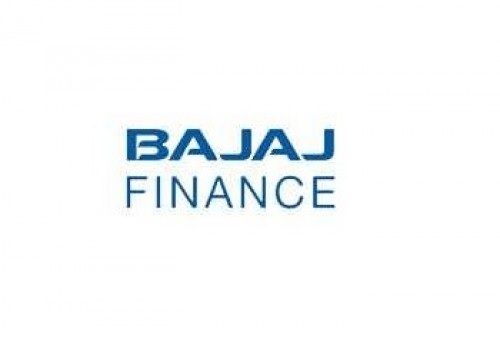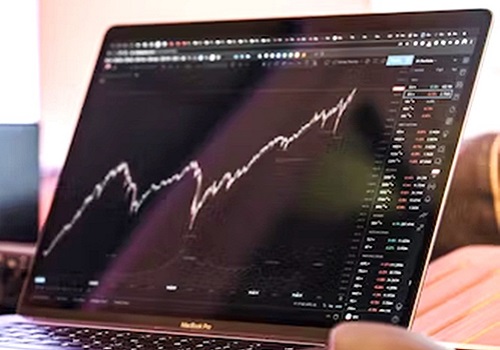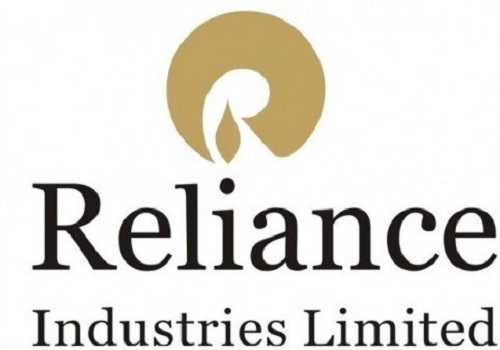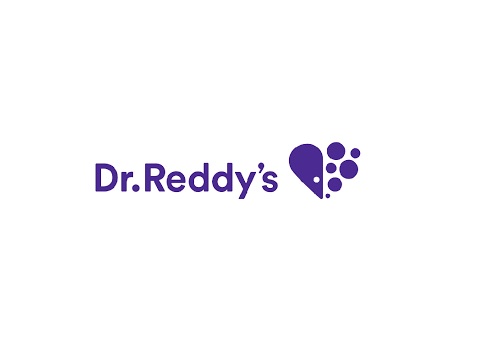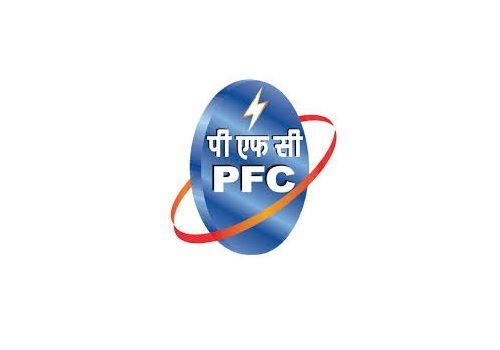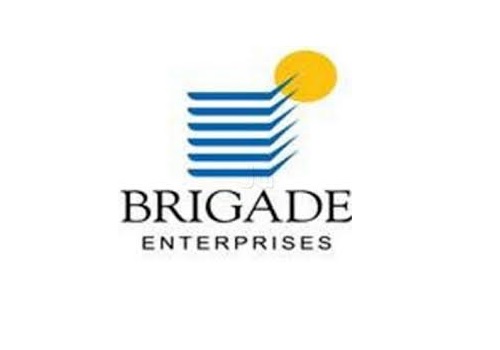Buy Bajaj Finance Ltd For Target Rs. 6,900 - Motilal Oswal
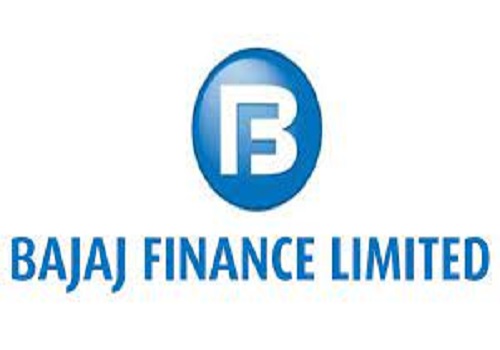
Follow us Now on Telegram ! Get daily 10 - 12 important updates on Business, Finance and Investment. Join our Telegram Channel
Accelerated business transformation underway!
Fees/Deposits traction strong | Pandemic impacts customer acquisition and asset quality
Bajaj Finance (BAF)’s Annual Report shares a glimpse of the management’s two-pronged strategy implemented in FY21: a) conservatism and prudence and b) the acceleration of the business transformation plan. With the various steps taken during the pandemic, BAF is confident of achieving higher volumes, a leaner cost structure, and a strong digital platform offering superior services across the value chain. The focus throughout the year was on (a) capital management (Tier I of 25%+), (b) achieving abundant liquidity (12–13% of borrowings), (c) lowering opex (opex to assets down 70bp), (d) expanding collections and servicing capabilities (costs up 18% YoY), (e) strengthening underwriting, and (f) gaining a sharp perspective on risk mgmt. Furthermore, the management has made the best out of the crisis and accelerated the digitalization process across the board. We believe the near-term stress due to COVID would be transient in nature, and BAF has strong pillars in place to capitalize on recovery. ROEs are likely to be healthy at ~20% despite the pressure on earnings. Reiterate Buy.
Volumes impacted by pandemic
BAF’s new customer additions moderated to 6.2m v/s 8.7m a year ago. New loans booked were down 40% YoY to 16.9m. Consumer-facing product categories CD, 2W, 3W, and Lifestyle financing reported declines of 33%, 46%, 58%, and 47% YoY, respectively, to 8.9m, 0.6m, 0.06m, and 0.3m. E-commerce related loans also declined 33% YoY to 1.7m. In FY21, BAF stopped disbursing small-ticket retail financing loans of INR5k/INR10k to reduce pressure on the collection teams; volumes declined to 0.3m v/s 2m a year ago. In 1HFY21, BAF was cautious about cross-selling B2C products; hence, for new originations, the cross-sell ratio declined to ~65% v/s ~70% a year ago. In 2W, its market share in Bajaj Motorcycles declined to 34% v/s 54% a year ago.
Asset quality taking precedence over growth
The overall customer base increased 14% YoY to 48.6m, significantly below the earlier range of 25–30%. In 1HFY21, the management adopted a highly riskaverse stance, with the absence of updated bureau scores and prudence due to the lack of clarity on macros. The management was cautious about sourcing even from existing customers. Of the total EMI card customers, only 37% were financed v/s 50–60% in the last three years. B2C customer AUM declined 3% YoY after growing 50%/36% in FY19/FY20. Overall AUM grew 4% YoY to INR1.53t; however, the unsecured loans share remained stable at ~43% of loans.
Fees – offer strong support to earnings
Despite a significant drop in volumes / new disbursements, fees declined just 5% YoY on a higher base, and their contribution to overall profitability remained high at 1.5% of average assets (down 30bp YoY, but near FY19 levels). Services and administrative fees grew 45% YoY to INR13.2b, with their contribution to overall fees coming in at 54% (v/s 35–40% previously). We believe this may be driven largely by a) conversion fees to hybrid flexi loans, b) the cross-selling of health EMI cards (1.1m sold), and c) penal interest charges (if any). Distribution fees – which declined 45% YoY due to modest co-branded credit card usage (interchange fees) and incremental sourcing – had a significant impact. The no of EMI cards / outstanding cross-sells of credit cards grew at a modest pace of 8%/12% YoY to 23.8m/2.1m.
Sharp focus on operating expenses
BAF focused on a zero-based budgeting framework to streamline processes and eliminate unnecessary cost. While employee expenses were down 2% YoY, other operating expenses declined 30% YoY, led by decline in expenses related to advertisements and promotions (down 50% YoY), travel (down 70% YoY), training, and tele-calling (down 45% YoY), among others. Per the management, some of these expenses are structural in nature and some are transient. Together, these enabled the absorption of enhanced recovery costs (+18% YoY), IT expenses (+8% YoY), and CSR expenses (+34% YoY) in FY21. Recovery cost as a percentage of average AUM increased to 77bp (v/s 73bp in FY20 and 65bp in earlier years). Opex to assets declined 70bp to 3.2%, aiding overall profitability despite the pressure on margins.
Aggressive provisioning and proactive steps to arrest BS deterioration
With a high proportion (43%) of advances being unsecured, the risk of asset quality deterioration was significantly higher for BAF. Apart from regulatory relief – such as EMI, moratorium, and restructuring (INR17.25b; 1.5% of AUM) – the company proactively implemented various measures, such as converting term loans to hybrid flexi loans, beefing up the collection infra, and undertaking aggressive provisioning and write-offs. For FY21, it wrote off INR56b (3.6% of the book), ~INR30b of which were to morat customers. Despite the high write-offs, ECL/EAD improved further to 2.85% (v/s 2.57% in FY20). GS2% increased 230bp, including 150bp from Restructured loans. With the significant stress additions, GS1 (after being in the 96– 97% range) declined to ~94%. The company still carries management overlay of INR8.4b.
Significant focus on digital transformation
BAF used crisis as an opportunity to accelerate its digitalization journey. The omnichannel platform the company is targeting is likely to enable the customer to move between online and offline, and vice-versa, more flexibly, in a frictionless manner. It plans to complete the entire transformation process by end-Oct’21. With this transformation, BAF targets significant business velocity, a reduction in opex, and improved customer experience (further details on page 12).
Other highlights
* The granularity of liabilities continues to improve, led by retail deposits.
* The company continues to significantly invest in partnership-led growth and capitalize on the large customer base.
* The rural business is growing at a healthy pace – 11% of AUM currently.
* It is reducing the risk in the B2C business and SME lending.
* The net slippage ratio stands at 4% v/s 2.4% (2.07% ex-lumpy accounts) in FY20 and ~2% in FY18/FY19.
Valuation and view
The severity of the COVID second wave impact on earnings has been much lower v/s the first wave. The management is well-prepared to deal with this and compensate for lost business with the start of the unlocking process. Digital initiatives have been upfronted and are likely to provide significant benefit on the cost and growth fronts. The cross-selling of products to the existing Credit segment customer base of ~39m would be a key growth driver in FY22 as well. BAF’s return ratios have not only been consistent but are also the highest in our Coverage Universe (after that of gold financiers). Reiterate Buy, with revised TP of INR6,900 (7x BV 1HFY24).
To Read Complete Report & Disclaimer Click Here
For More Motilal Oswal Securities Ltd Disclaimer http://www.motilaloswal.com/MOSLdisclaimer/disclaimer.html SEBI Registration number is INH000000412
Above views are of the author and not of the website kindly read disclaimer












 320-x-100_uti_gold.jpg" alt="Advertisement">
320-x-100_uti_gold.jpg" alt="Advertisement">

